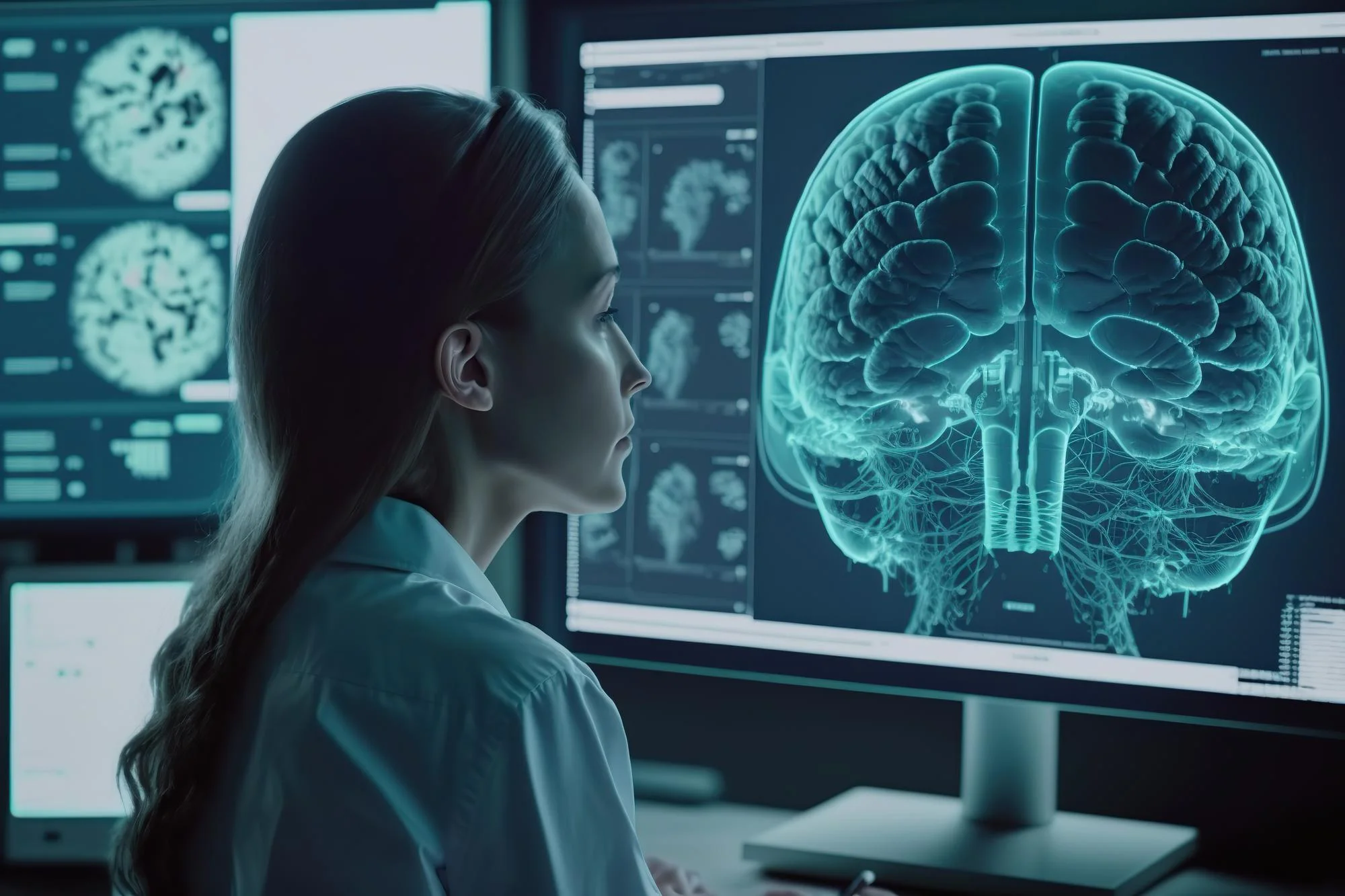DOI: 10.1016/j.neuropsychologia.2024.108799
In a groundbreaking review published in the esteemed journal Neuropsychologia, researchers from the University of Oslo have unveiled new insights into the intricate relationship between motor functions and cognitive processing. The study, led by Carsten Bundt and René J. Huster of the Multimodal Imaging and Cognitive Control Lab and the Cognitive and Translational Neuroscience Cluster at the Department of Psychology, focuses on the neuropsychological phenomena of action preparation and action stopping – two sides of what might be considered a single inhibitory coin in human motor control.
The team’s research, backed by the use of single-pulse transcranial magnetic stimulation (TMS), supports the notion that both preparing for an action and ceasing one in progress are underpinned by reductions in corticospinal excitability. This means that the brain actively dampens the pathway from the motor cortex to the spinal cord, inhibiting movement, during these two phases.
Building on an extensive body of previous work, the review goes beyond simply describing these phenomena by conducting an exhaustive comparison between the two, applying TMS-based measurement approaches such as single-coil (both single-pulse and paired-pulse) and dual-coil techniques. The authors’ intent is to tease out the overlapping features and the distinct elements of action preparation and stopping, considering how these might be modulated by different states, individual traits, and the presence of psychopathologies.
In light of the researchers’ findings, it becomes evident that although action preparation (commonly known as proactive inhibition) and action stopping (reactive inhibition) both employ reductions in corticospinal excitability, they do so in response to different cues and to achieve different ends. Proactive inhibition, involved with action preparation, readies the motor system by creating an environment less susceptible to spurious activations, ultimately facilitating a more efficient start of the intended action. On the other hand, reactive inhibition quickly dampens ongoing actions, responding to sudden changes in the environment that necessitate an abrupt halt in movement.
Importantly, this review is the first to align these processes within a consistent neuropsychological framework, taking the latest techniques and findings into account. The comparisons and cross-referencing within the paper rid the scientific community of ambiguities that have long existed about the nature and mechanisms of these related but distinct facets of motor inhibition.
Additionally, this work is pioneering in its focus on variations in TMS outcomes brought about by individual differences. Not only does the review explore how inherent traits such as impulsivity or neurological conditions like attention-deficit hyperactivity disorder (ADHD) influence inhibitory control, but it also points towards potential implications for the assessment and treatment of such disorders. As elucidated by the researchers, precise understanding of these phenomenological distinctions could mean significant advancements in therapeutic approaches, potentially paving the way for tailored interventions that address the specific inhibitory challenges posed by different psychopathologies.
As the study pushes forward the understanding of motor inhibition, several questions are still left open for future research. The review underscores the need for comprehensive studies that could explore, for instance, the implications of corticospinal excitability reductions over prolonged periods or through various stages of learning. It highlights the potential of this line of investigation not only in the realm of basic science but also in clinical applications, where the nuances in TMS outcomes could indeed become a crucial component of diagnosis and rehabilitation strategies.
Keywords
1. Neuropsychologia Journal
2. Motor Inhibition Research
3. Transcranial Magnetic Stimulation
4. Action Preparation and Stopping
5. Corticospinal Excitability
References
1. Bundt, Carsten C., & Huster, René J. (2024). Corticospinal excitability reductions during action preparation and action stopping in humans: Different sides of the same inhibitory coin? Neuropsychologia, 195, 108799. https://doi.org/10.1016/j.neuropsychologia.2024.108799
2. Aron, A. R. (2007). The neural basis of inhibition in cognitive control. The Neuroscientist, 13(3), 214-228.
3. Chen, R., Classen, J., Gerloff, C., Celnik, P., Wassermann, E. M., Hallett, M., & Cohen, L. G. (1997). Depression of motor cortex excitability by low-frequency transcranial magnetic stimulation. Neurology, 48(5), 1398-1403.
4. Coxon, J. P., Stinear, C. M., & Byblow, W. D. (2006). Selective inhibition of movement. Journal of Neurophysiology, 95(6), 3686-3694.
5. Swann, N., Tandon, N., Canolty, R., Ellmore, T. M., McEvoy, L. K., Dreyer, S., … & Knight, R. T. (2009). Intracranial EEG reveals a time‐ and frequency‐specific role for the right inferior frontal gyrus and primary motor cortex in stopping initiated responses. Journal of Neuroscience, 29(40), 12675-12685.
The integration of cutting-edge research and in-depth analysis in this review undoubtedly marks a significant leap in our comprehension of motor inhibition – a domain rich with practical implications for both cognitive neuroscience and clinical practice. As the study ushers in new perspectives on these control processes, the stage is set for an exciting era of discovery in the intricate dance between motor execution and the capacity to exert control over these very actions.
